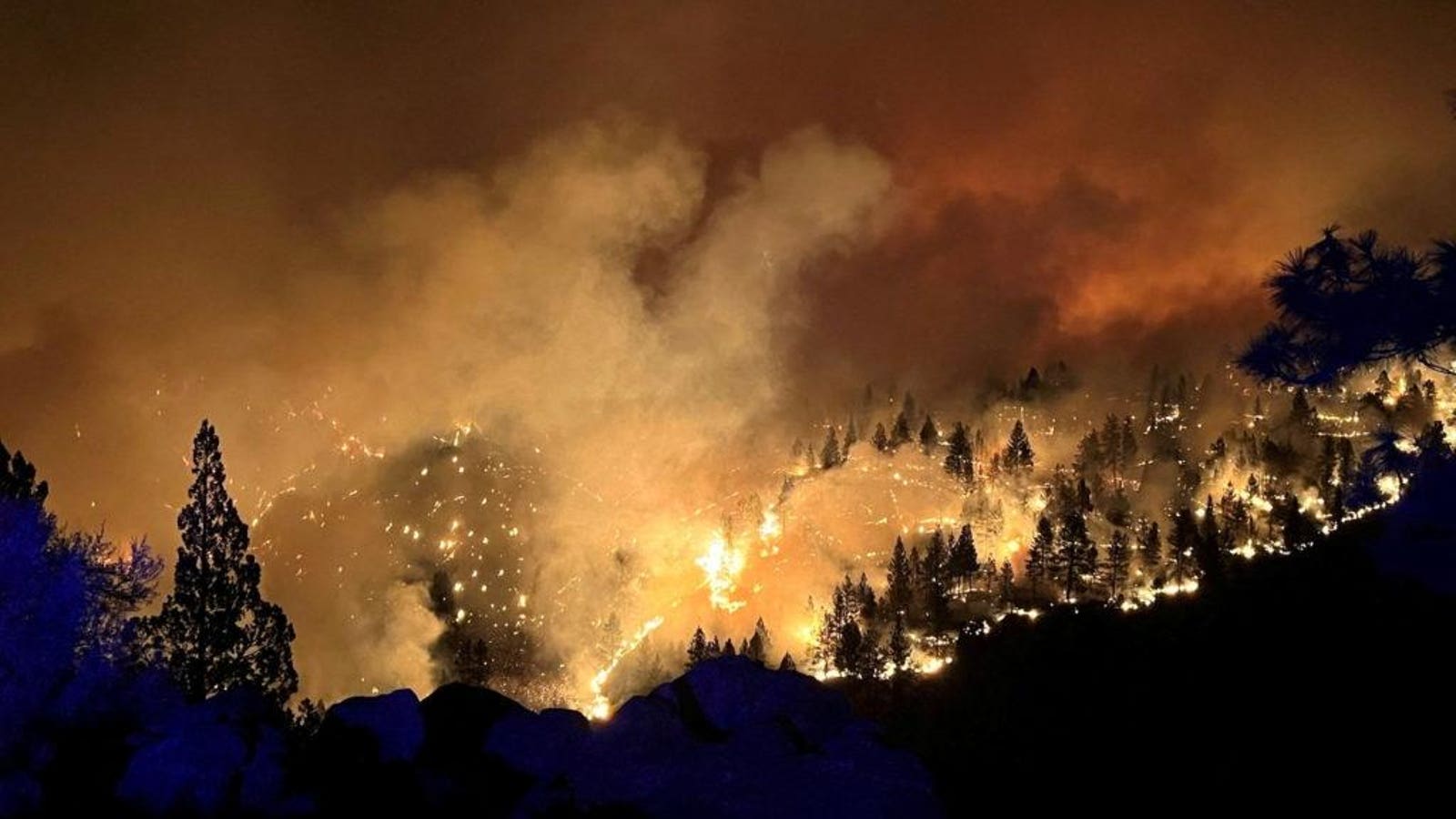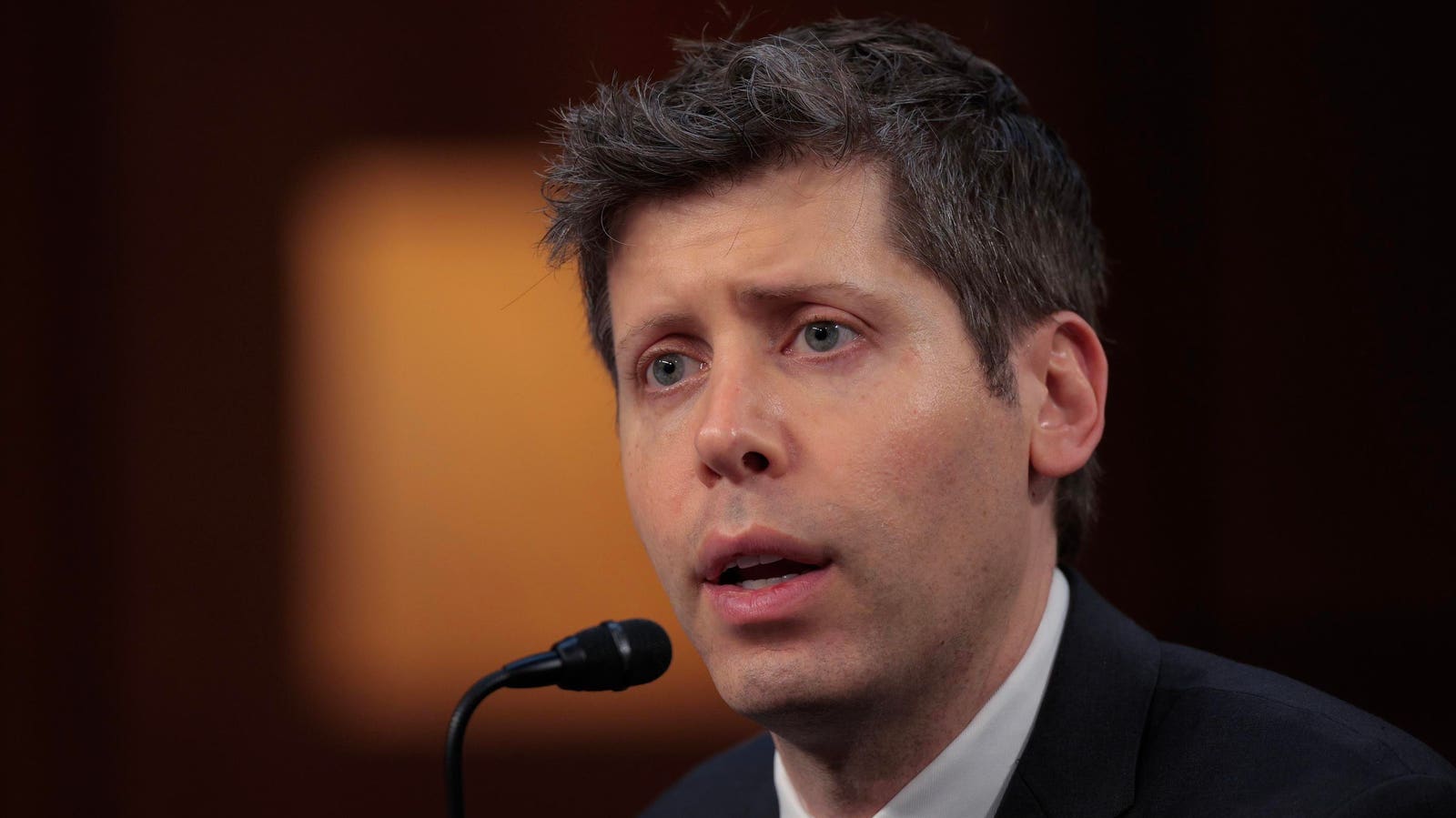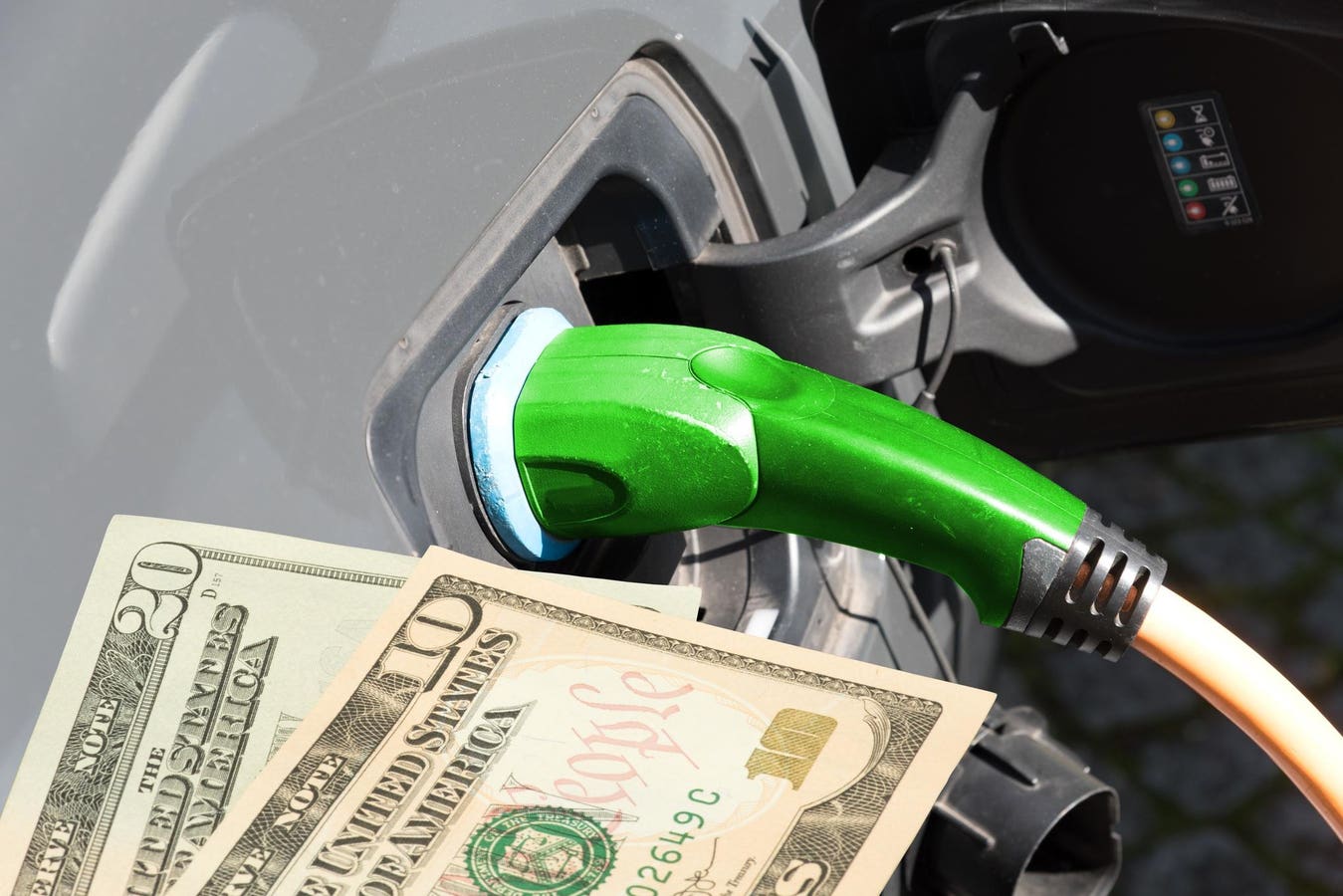Yet another reality of a warming planet is the increasing pace and scale of wildfires. Their deleterious impact creates conditions that favor further wildfires by dumping greenhouse gases (GHG) into the atmosphere which contributes to more warming. The now burned forest no longer contributes to the local hydrological cycle, nor does it shelter wildlife; the roots don’t keep soil in place or direct rain to recharge groundwater; the dense canopy isn’t there to use the solar radiation and lower the temperature, and the regional wind and rain patterns are altered. “Small”, local fires are not local problems, and at this point we aren’t discussing small and unfortunate fires. We’re nearing global tipping points on climate, including one for the Amazon forest and whether it will be able to sustain itself. Dieback describes this feedback loop of localized forest death spreading outwards, and past the 60-80% mark the entire Amazon is at risk of collapse. This is happening in some parts already.
Beyond the broader ecological catastrophes that await us, wildfires harm people with smoke that can travel hundreds of kilometers from the source fire, poisoning people with small particles and a portfolio of toxins. Canadian wildfires prematurely kill Americans and vice versa; slash and burn farming in rural Cambodia poisons Phnom Penhers. Unless your policymakers are affected by this directly, in which case you’ll have 14.5% less pollution, then it’s easy for them to ignore. The more this issue is studied, the more that’s it’s shown to be an issue. Particles that measure 2.5 micrometers (PM2.5) are now listed as a hazard in and of themselves, before we even consider the materials they’re made of and the chemicals that they may leach. The human costs of this are the increasing rates of illnesses and the financial costs of health care, lost productivity, and the compounding problems of further environmental denigration.
Small particles penetrate the lining of the lungs and enter the blood stream. The risks of heart and lung problems increase. It’s estimated that air pollution costs the U.S. economy about 5% of our GDP, prematurely kills about 135,000 people each year, and is the second leading risk factor for death globally. For the curious, the first is high-blood pressure, and in children under five it’s malnutrition. Children in the developing world continue to have a hard go of it.
How can we help the poor children of the developing world that don’t have enough food, but do have dirty air? Stop polluting and give them stable, growing economies in which to be raised. As the U.S. State Department explains, investing in clean air immediately provides returns: “…For every dollar invested in cleaning the air, 30-90 dollars are returned in improved health and economic productivity. Reducing air pollution is an economic accelerant.” (Their bolding)
Solutions
Prevention. The reason that the air we breathe is full of toxic particles is because people release these breathable poisons into the atmosphere to begin with. Industry, transportation, and creating electricity are polluting. When fossil fuels are burned in cars and power plants, they release noxious gases that necessarily harm all of us. When we use solar or nuclear power to generate electricity instead of hydropower dams and coal, then we don’t release inhalable poisons in the process. If we have electric cars and trains, walkable and bikeable cities, then we dramatically reduce exhaust.
Forests are carbon sinks and air purifiers. One of the best ways to prevent the release of smoke is to stop burning things. Burning forests poisons the atmosphere. Keep the forests for air, water, for all of our benefit. The survivability of our planet is at stake as these wildfires will only get worse if we don’t change our course.








